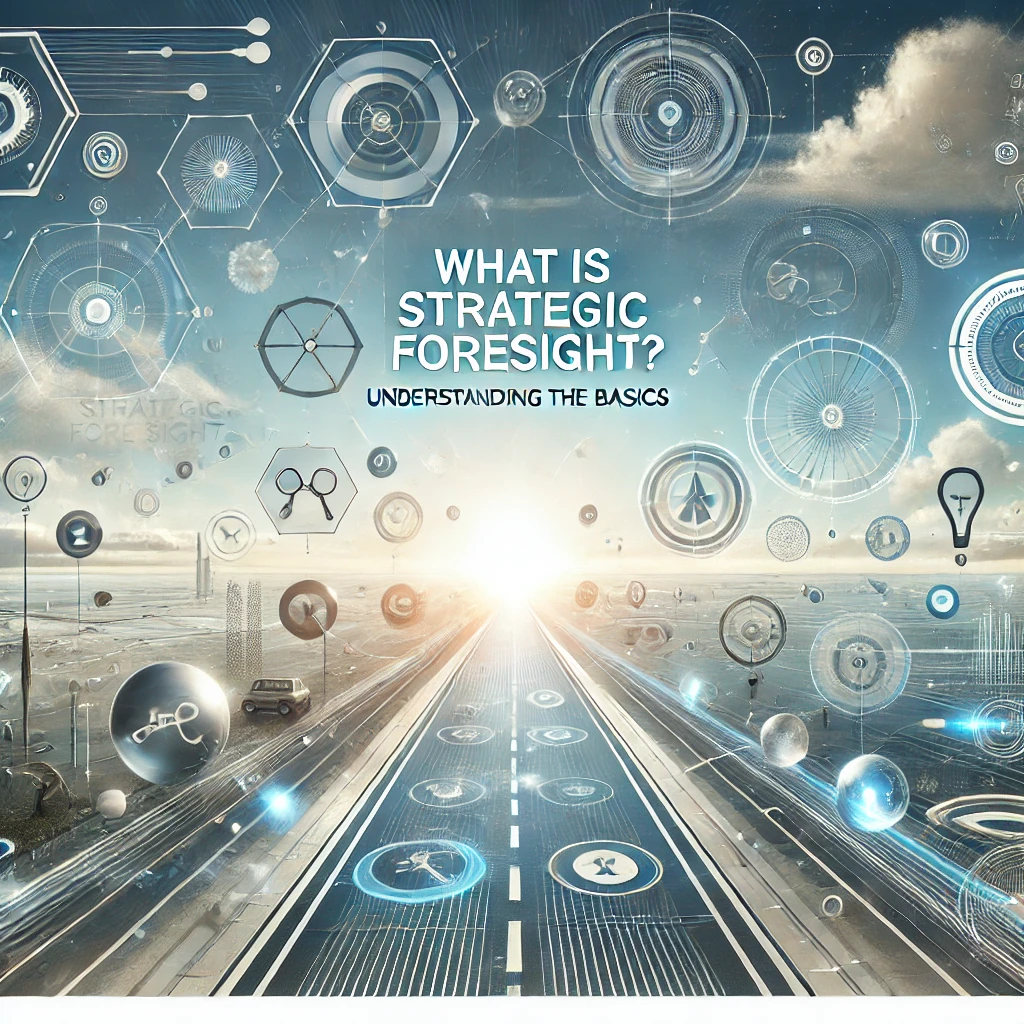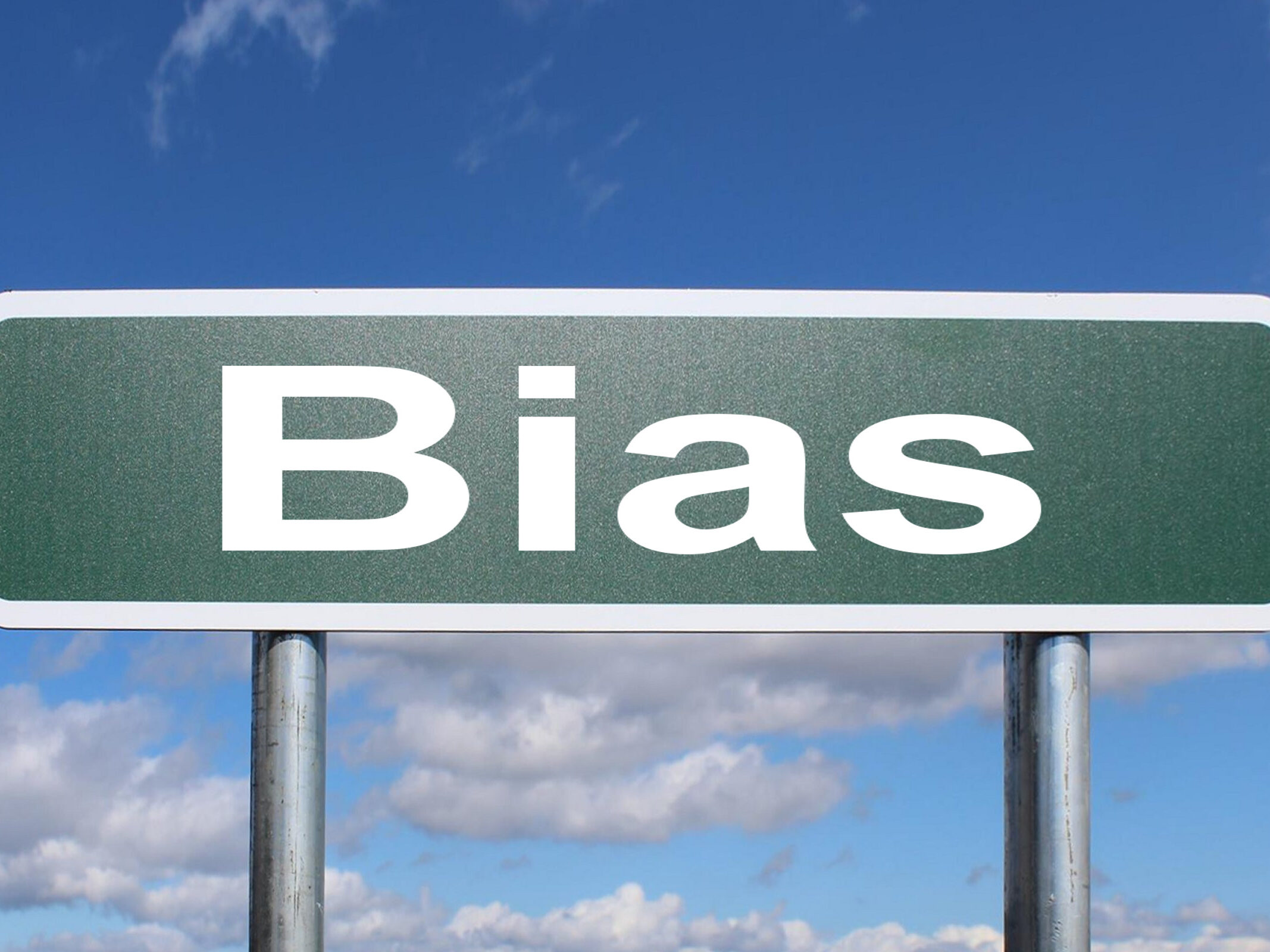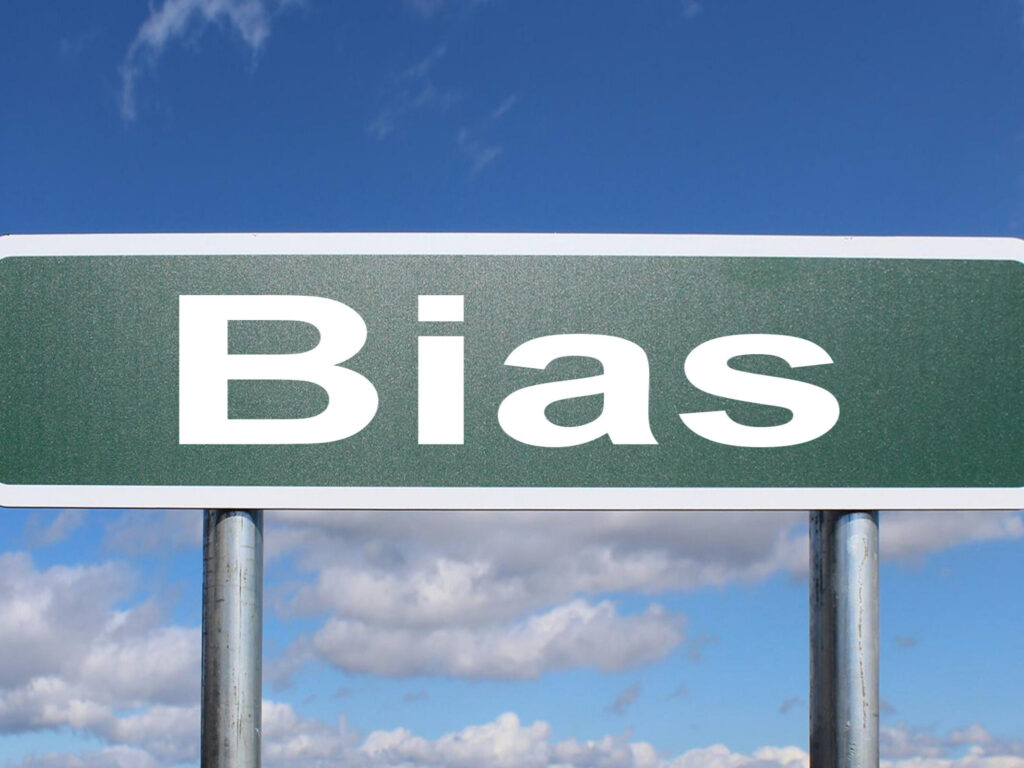Imagine you’re driving down a foggy road with no GPS, map, or clue about what’s coming up next. That’s what strategic planning can feel like without strategic foresight—a process that brings clarity to uncertainty. In today’s fast-changing world, reacting to change alone isn’t enough; businesses and leaders need a proactive approach to stay ahead. This is where strategic foresight shines. Think of it as your roadmap for the future, helping you explore new directions, spot emerging trends, and prepare for unexpected detours. In this post, we’re breaking down the essentials of strategic foresight: what it is, why it matters, and how anyone—from business owners to team leaders—can start using it to make future-ready decisions. Whether you’re managing a business or just curious about the future, you’re in the right place!
What is Strategic Foresight, and Why Does it Matter?
Strategic foresight is all about looking ahead—far ahead. It’s the practice of spotting early trends, exploring possible future scenarios, and understanding how those scenarios might impact you or your organization. Unlike traditional planning, which often leans on past data to project forward, strategic foresight embraces uncertainty and the idea that the future could unfold in multiple ways. This shift in mindset helps leaders move from merely reacting to changes to actively shaping their own futures. With foresight, you gain a toolkit for building resilience, spotting opportunities early, and navigating disruptions more confidently. By the end of this article, you’ll have a clear grasp of how strategic foresight can empower you to make smarter, future-focused decisions.
Trend Spotting: The First Step to Strategic Foresight
One of the key components of strategic foresight is trend spotting—the art of observing patterns and identifying signals that hint at future shifts. These signals might come from technological advances, changes in consumer behavior, environmental shifts, or even political developments. To make this work, it’s essential to cast a wide net and keep an open mind. Take remote work, for example. Years ago, it was a relatively minor trend, but today it’s reshaping industries and changing business models across the globe. Start your trend-spotting practice by collecting information from diverse, reliable sources, including industry reports, social media, and news articles. Over time, you’ll begin to see connections between different signals, giving you a clearer picture of what may lie ahead.
Scenario Planning: A Practical Tool for Preparing for Multiple Futures
Another valuable tool in strategic foresight is scenario planning—essentially creating “what-if” stories for different future possibilities. This involves envisioning multiple scenarios based on different variables to explore how they might impact your organization. Imagine you’re a retailer considering what would happen if in-store shopping trends continue to decline or if supply chain challenges persist. By brainstorming different scenarios, you can identify potential risks and opportunities, allowing you to build a more flexible, adaptable strategy. Try this yourself by picking a current challenge or goal and imagining two or three different ways the future could unfold. This approach builds resilience by preparing you to thrive no matter which scenario becomes reality.
Make Foresight a Habit, Not a One-Time Exercise
Strategic foresight isn’t a one-and-done task; it’s a continuous practice. The world is constantly evolving, and your foresight approach should evolve with it. Make it a habit to revisit your forecasts and scenarios regularly—whether quarterly or semi-annually—to keep your insights fresh. By bringing in team members or external experts, you’ll gain new perspectives and catch potential blind spots. The more consistently you practice foresight, the better prepared you’ll be to anticipate changes and navigate the unexpected. Remember, foresight isn’t about predicting the future with total accuracy; it’s about staying adaptable, curious, and ready to make informed choices as new opportunities or challenges arise.
Ready to Shape Your Future?
In a world filled with rapid change, strategic foresight is like a compass guiding you through unknown territory. By recognizing that the future holds multiple possibilities, you’re already one step ahead. We’ve explored how identifying trends, using scenario planning, and consistently practicing foresight can equip you to make more resilient, informed decisions. So, what’s your next move? Start small—set aside time each week to scan for trends or map out a few scenarios with your team. If you’re ready to dive deeper into strategic foresight and receive actionable insights delivered straight to your inbox, don’t forget to sign up for our newsletter. Let’s shape the future together—one step at a time!


